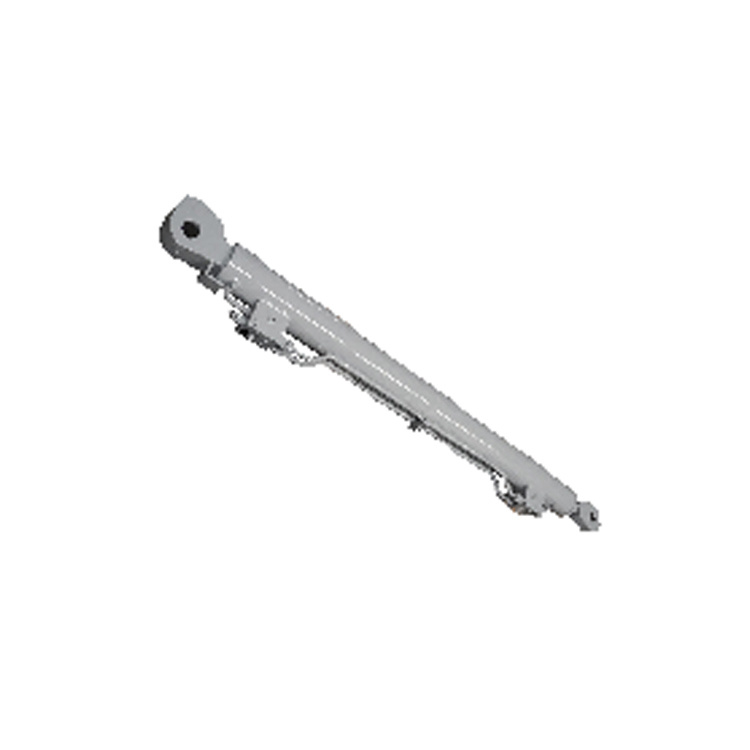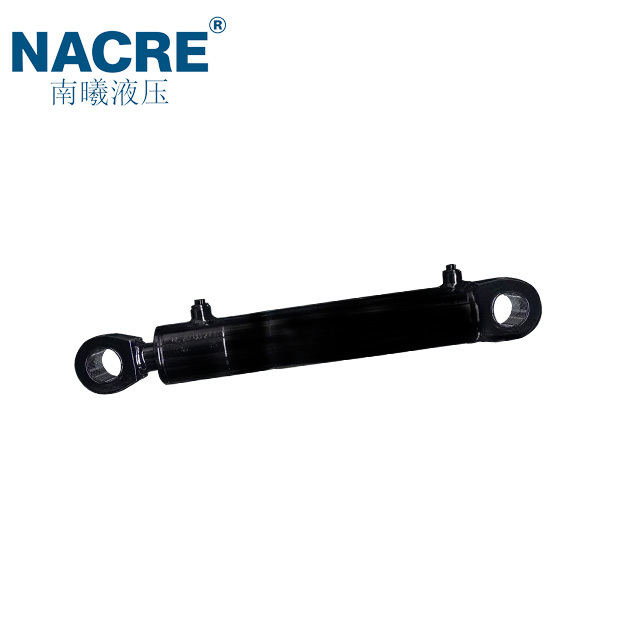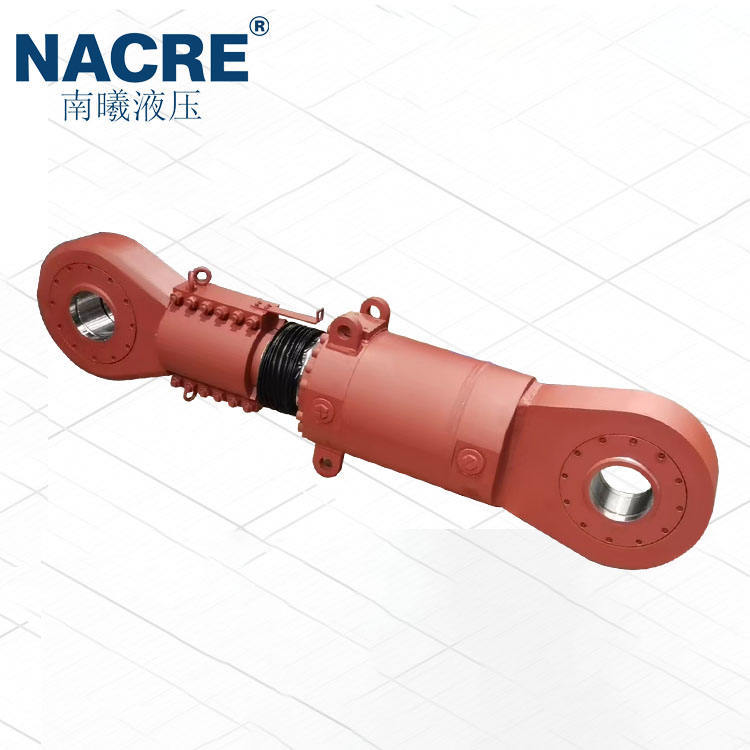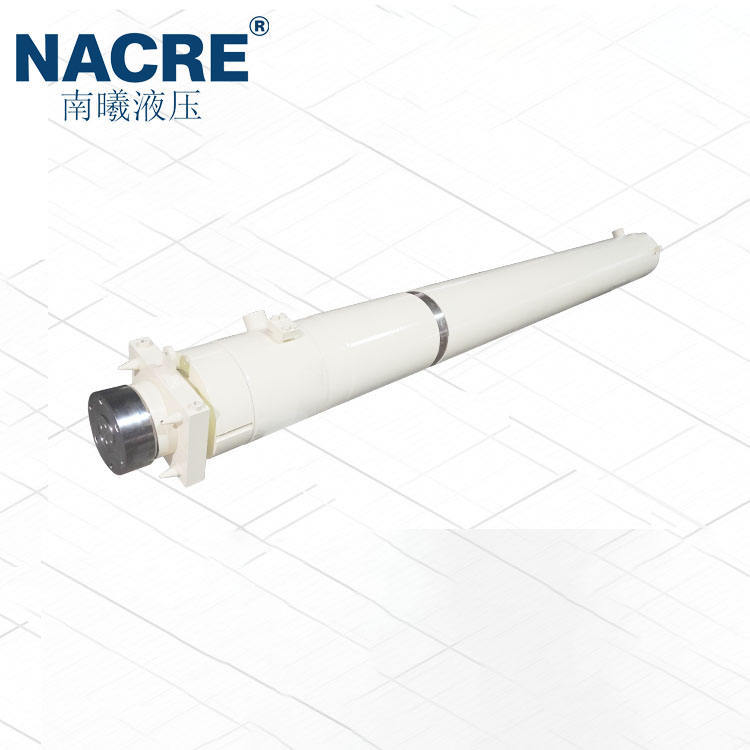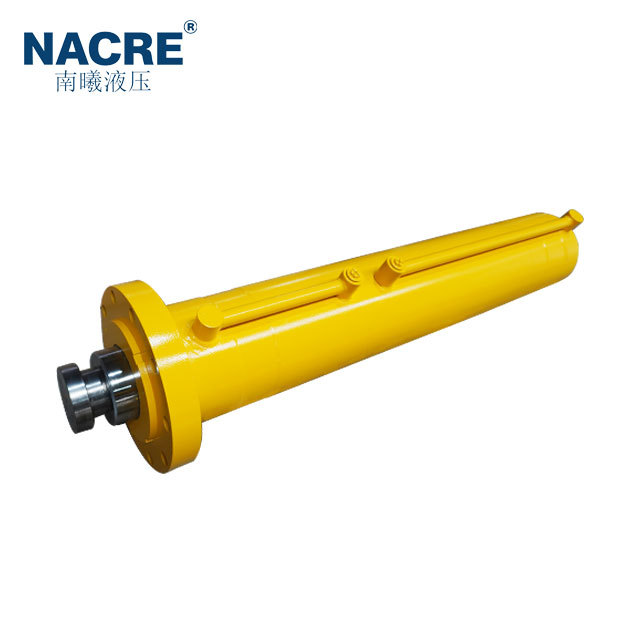Top Features to Look for in Automobile Crane Hydraulic Cylinders
2025-04-19
Top Features to Look for in Automobile Crane Hydraulic Cylinders
In the world of heavy machinery, **automobile crane hydraulic cylinders** play a pivotal role in ensuring efficiency and safety during lifting operations. Whether you're in the construction, manufacturing, or logistics sector, understanding the key features that contribute to the reliability and performance of hydraulic cylinders is essential. In this article, we will explore the top features to look for in automobile crane hydraulic cylinders, ensuring that you make informed decisions when purchasing or maintaining these critical components.
Table of Contents
- 1. Durability and Material Quality
- 2. Load Capacity
- 3. Stroke Length and Dimensions
- 4. Seal Quality and Design
- 5. Hydraulic Cylinder Design
- 6. Compatibility with Crane Systems
- 7. Maintenance and Serviceability
- 8. Manufacturer Reputation and Support
- FAQs
- Conclusion
1. Durability and Material Quality
When selecting **automobile crane hydraulic cylinders**, the first factor to consider is the **durability and material quality**. Hydraulic cylinders are subjected to extreme conditions, including high pressure, temperature fluctuations, and corrosive environments. Therefore, choosing cylinders made from high-quality materials, such as **carbon steel** or **stainless steel**, can significantly enhance their longevity. Look for materials that are specifically designed to resist wear and tear, ensuring that the hydraulic cylinders can withstand years of rigorous use without compromising performance.
2. Load Capacity
Another critical feature is the **load capacity** of the hydraulic cylinder, which directly impacts the crane's lifting capabilities. Each hydraulic cylinder is rated for a specific maximum load it can handle safely. Knowing the weight limitations of your crane and ensuring that the hydraulic cylinders match or exceed these requirements is essential for safe operations. Always consult the manufacturer's specifications to verify the load capacity and ensure it aligns with your operational needs.
3. Stroke Length and Dimensions
The **stroke length** refers to the distance that the cylinder can extend or retract. It's crucial to choose hydraulic cylinders with an appropriate stroke length for your specific applications. In addition to stroke length, consider the overall dimensions of the hydraulic cylinder, as they must fit within the design parameters of your crane. Incorrect dimensions can lead to operational inefficiencies and safety hazards, so precise measurements are vital.
4. Seal Quality and Design
The effectiveness of hydraulic cylinders largely depends on their **seal quality and design**. High-quality seals prevent hydraulic fluid leaks, which are critical to maintaining pressure and ensuring optimal performance. Look for cylinders with advanced sealing technologies, such as **double-lip seals** or **U-cup seals**, which provide enhanced durability and resistance to wear. It’s essential to understand the environment in which the cylinders will operate, as this can influence the type of seals required for optimal performance.
5. Hydraulic Cylinder Design
The **design of the hydraulic cylinder** itself can greatly affect its performance and lifespan. Factors such as the bore size, rod diameter, and overall geometry contribute to the cylinder's efficiency. Cylinders with a larger bore can accommodate more hydraulic fluid, providing increased lifting power. Additionally, consider options like **piston design** and **guiding mechanisms** that can enhance stability during operation. Selecting a design tailored to your specific applications can improve overall crane functionality.
6. Compatibility with Crane Systems
Ensuring **compatibility with crane systems** is crucial when selecting hydraulic cylinders. Different crane models may have varying hydraulic requirements, and using incompatible cylinders can lead to performance issues or failures. Verify that the hydraulic cylinder you choose matches the specifications of your crane's hydraulic system, including pressure ratings and fluid types. Compatibility ensures seamless operation and significantly reduces the risk of hydraulic system failures.
7. Maintenance and Serviceability
Regular maintenance is essential to prolonging the lifespan of hydraulic cylinders. Choose cylinders that offer ease of maintenance and serviceability. Features such as **replaceable seals**, **easy access to internal components**, and **clear maintenance guidelines** can make a significant difference in reducing downtime and maintenance costs. Consider manufacturers that provide comprehensive support and resources for maintaining their products, ensuring that you can address any issues swiftly.
8. Manufacturer Reputation and Support
The final feature to consider is the **manufacturer's reputation and support**. Selecting hydraulic cylinders from reputable manufacturers with a track record of quality and performance can give you confidence in your purchase. Research customer reviews, testimonials, and industry reputation to gauge the reliability of the manufacturer. Additionally, consider the level of customer support they offer, including warranties and after-sales services. Strong manufacturer support can be invaluable in addressing issues and ensuring the performance of your hydraulic cylinders over time.
FAQs
1. What is the average lifespan of automobile crane hydraulic cylinders?
The lifespan of hydraulic cylinders can vary greatly depending on factors such as usage, maintenance, and operating conditions. Generally, with proper care and maintenance, they can last anywhere from 5 to 15 years.
2. How often should I inspect my hydraulic cylinders?
Regular inspections are crucial. It is recommended to inspect hydraulic cylinders at least once every six months or more frequently if they are subjected to heavy usage or harsh conditions.
3. What are the signs of a failing hydraulic cylinder?
Signs include visible leaks, decreased lifting capacity, unusual noises during operation, and a drop in performance efficiency. If any of these signs are present, it’s essential to address them immediately to prevent further damage.
4. Can I repair hydraulic cylinders, or do I need to replace them?
Many hydraulic cylinders can be repaired, especially if the damage is limited to seals or minor components. However, extensive damage may require a full replacement. Consultation with a professional is recommended.
5. How do I choose the right hydraulic cylinder for my crane?
To choose the right hydraulic cylinder, consider factors such as load capacity, stroke length, compatibility with your crane, and material quality. Review the manufacturer's specifications and consult with experts if necessary.
Conclusion
In conclusion, selecting the right **automobile crane hydraulic cylinders** is a critical decision that affects the efficiency and safety of your lifting operations. By focusing on essential features such as durability, load capacity, stroke length, seal quality, design, compatibility, maintenance, and manufacturer support, you can ensure that you invest in high-quality hydraulic cylinders tailored to your operational needs. Prioritize these aspects to enhance your crane’s performance and reliability, ultimately leading to more successful and safer lifting operations.
Questions?
We are here to help.



